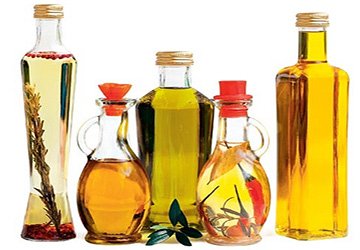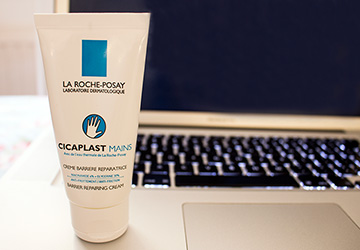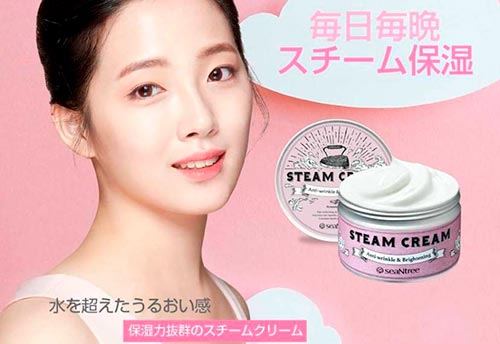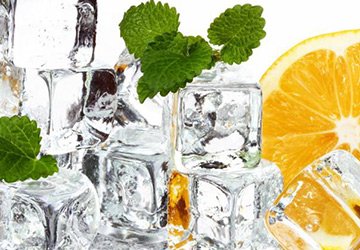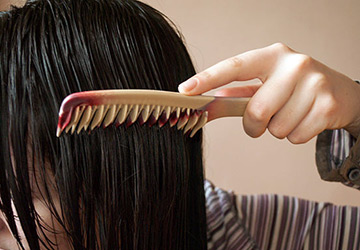Cosmetology
Why do you need hydrolates for facial care
Hydrolates are multifunctional and useful skin care products. They are used at the final stage of cleansing, they refresh and improve the complexion.
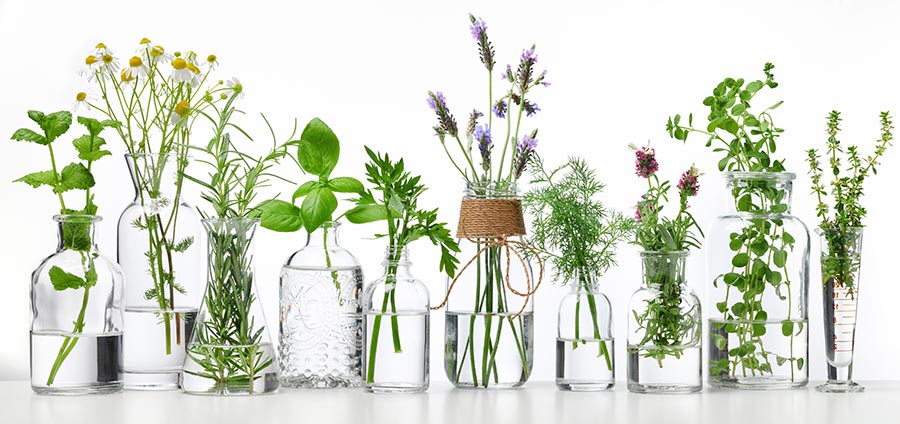
What is hydrolat and how is it obtained?
Hydrolates are a by-product that is formed in the production of essential oils. In other words, hydrolates are obtained using the method of steam distillation, when steam is driven through herbs or flowers, after which the resulting condensate is collected. The resulting solution contains many useful plant substances, but it differs from essential oils in its delicate action.
If essential oils require mandatory dilution with transport (base) oils before use, the hydrolat can be used without dilution, directly applied to the skin of the face or body. These products are also called flower water. But they are made not only from flowers, but also from berries and various medicinal herbs. Hydrolates can be made from kiwi, bananas, cranberries and other fruits, although they do not contain essential oils. However, there are useful water-soluble substances in them, and during steam distillation they turn into hydrolate.
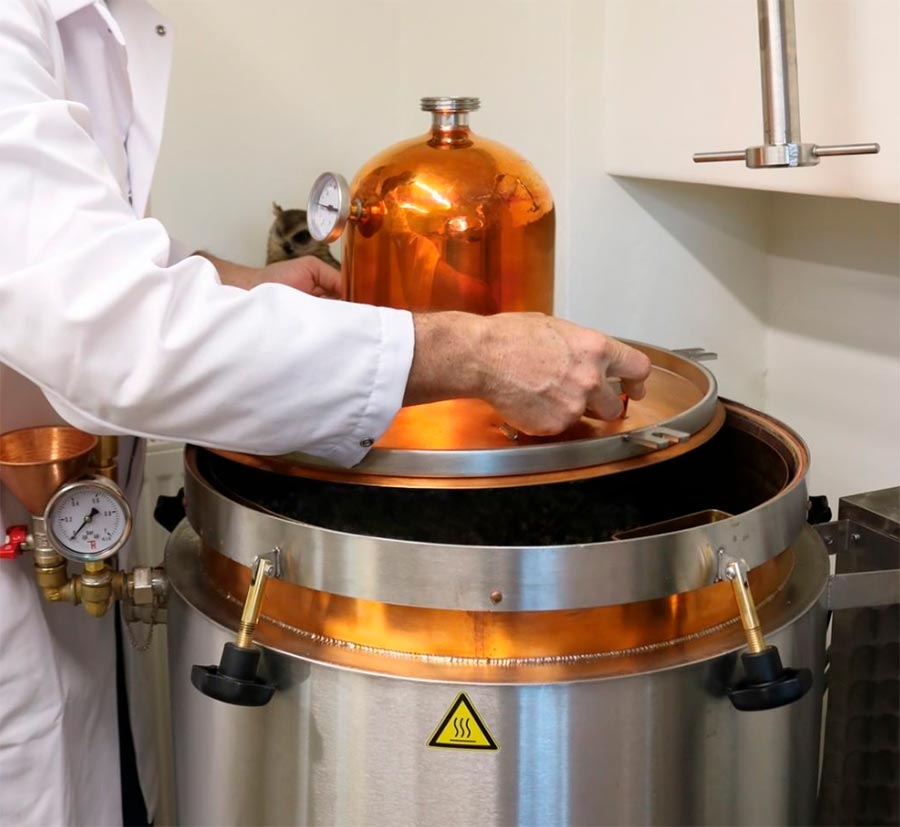
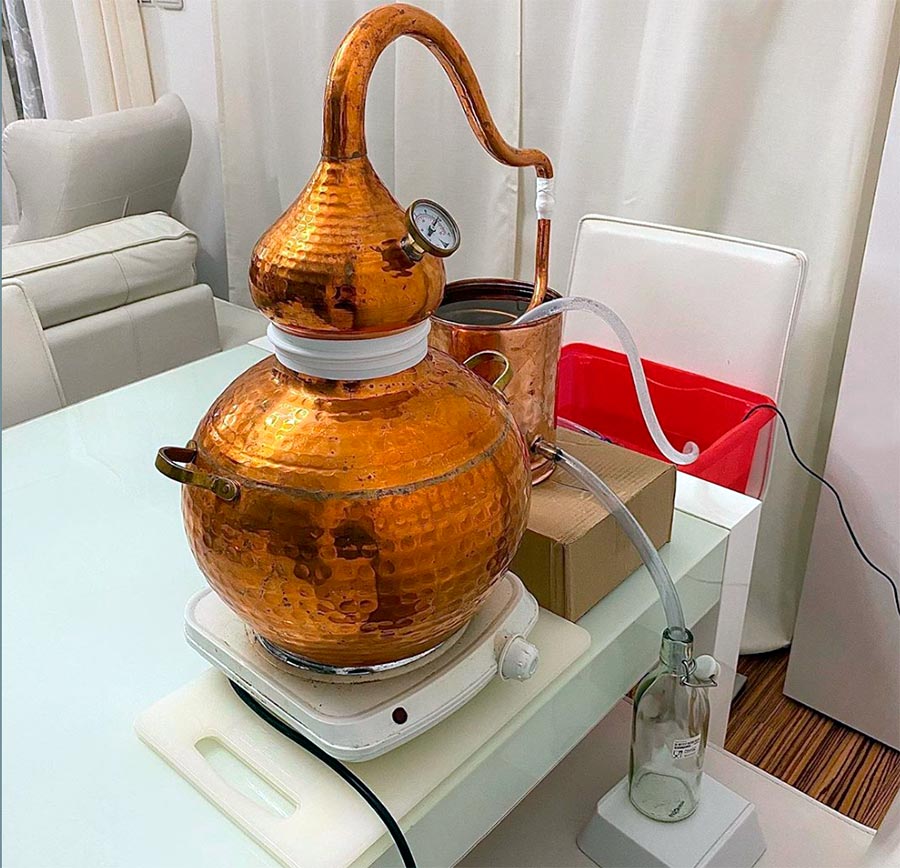
Hydrolat effect on the skin
The action is similar to tonic or lotion, sometimes they say that it is tonic and lotion in one bottle. The tool really has unique caring properties. It is used to moisturize and nourish the skin face, around the eyes, for hair. The product improves complexion, cleanses pores well, soothes, relieves inflammation, increases elasticity.
Hydrolat helps the penetration of nutrients. It is used after removing makeup for additional facial cleansing.
Yes, hydrolates have properties similar to essential oils, but they are much softer and more delicate than oils, and also less allergic. Like tonics, they restore the pH level of the skin and have antiseptic properties.
Toners and hydrolates are used to even out the acid-base balance of the skin, cleanse it at the final stage of cleansing the skin and prepare it for further care procedures.
Hydrolates perform the same functions as tonics, but at the same time increase the effect of cosmetics, which are applied immediately after cleansing. In addition, any hydrolat also has its own properties, which depend on the feedstock. Therefore, they can be called an excellent alternative to tonics.
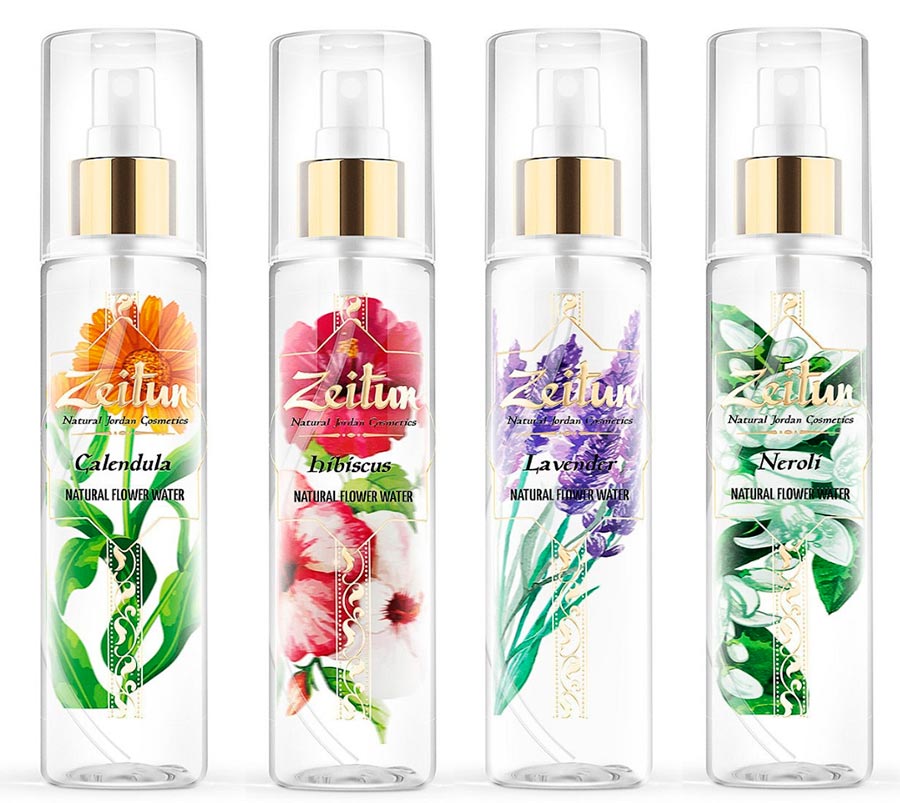
Hydrolat promotes healing of damaged and irritated skin, it helps to get rid of unpleasant consequences after depilation or sunburn. It is enough to sprinkle the damaged areas with a remedy obtained from tea tree, mint, rosemary.
Can be used to wash hair by adding to shampoo or conditioner. The tool gives shine to curls, accelerates their growth. Hydrolates from sage, chamomile, nettle, burdock, lavender have shown particularly good results in hair care.
Herbal hydrolates can be used both independently and as part of home cosmetics. They help with the care of the skin around the eyes, with their help you can relieve inflammation, swelling and dark circles under the eyes... In this case, you just need to know which hydrolates to use.
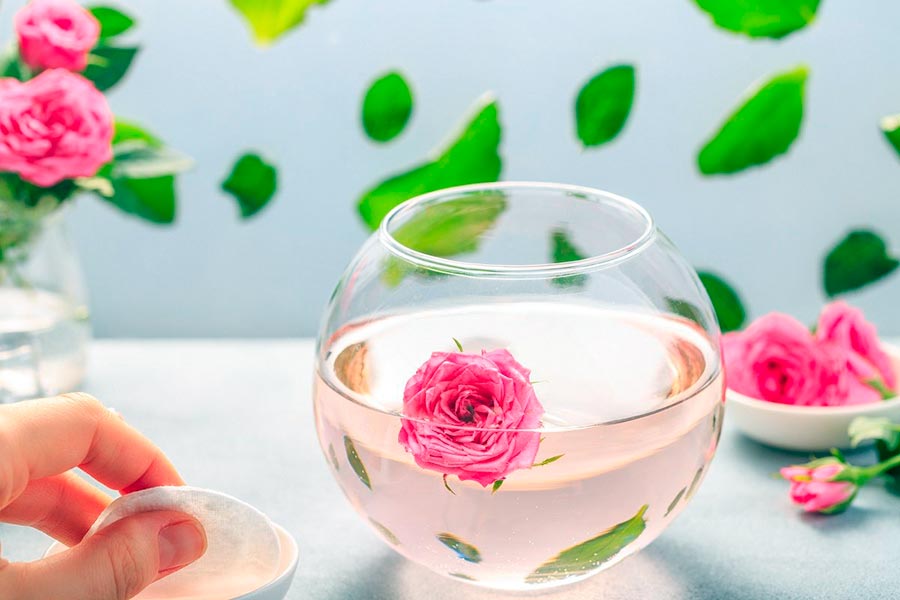
What hydrolates are used in cosmetics?
Neroli hydrolate is used to moisturize and nourish the skin, both face and eyes. It increases the elasticity of the epidermis and has a strong aromatherapy effect, which is felt by its calming effect on the nervous system.
Hydrolat of medicinal sage flowers. This agent has an antiseptic, bactericidal and anti-inflammatory effect on the skin. At the same time, it acts as a healing and tonic.Sage hydrolate can also be used to strengthen hair. It gives them a healthy shine, makes them silky and stimulates their growth.
Green tea hydrolate is an excellent astringent and healing agent. Green tea is a powerful antioxidant that protects the skin, reduces wrinkles and removes the negative effects of UV exposure.
The jasmine remedy tones, soothes and moisturizes the skin, activates metabolic processes, increases skin elasticity, makes it soft and improves color.
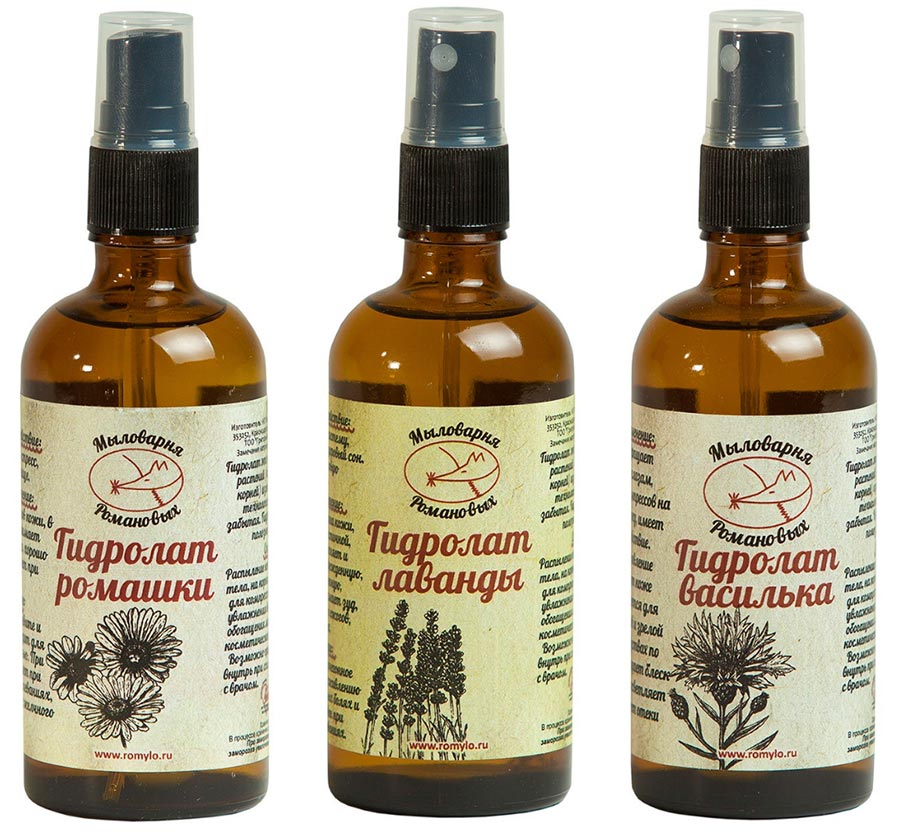
From ginger helps to get rid of pustules and blackheads, helps the skin get rid of excess oiliness and reduces wrinkles. Ginger hydrolate is recommended in the fight against cellulite. It has antioxidant properties. Ginger hydrolate also helps to strengthen and grow hair.
White lily hydrolat. The product tones and brightens the skin well - freckles and age spots gradually disappear. In addition, the product moisturizes the skin, promotes its rejuvenation, prevents the appearance of age spots, soothes irritated skin, has regenerating properties that promote the quickest healing of injuries. Therefore, white lily hydrolat is often used as a UV filter in skin protection products from burning.
Ylang-ylang hydrolat. This product is especially recommended for the care of dry skin of the face and the area around the eyes. Effective for the care of sensitive and aging skin, it has moisturizing and anti-aging properties.
Treat dark circles around the eyes and puffiness with coffee, cocoa bean or green tea hydrolates.
You can continue to list these unique tools, but for now let's stop and consider how to use these wonderful tools.
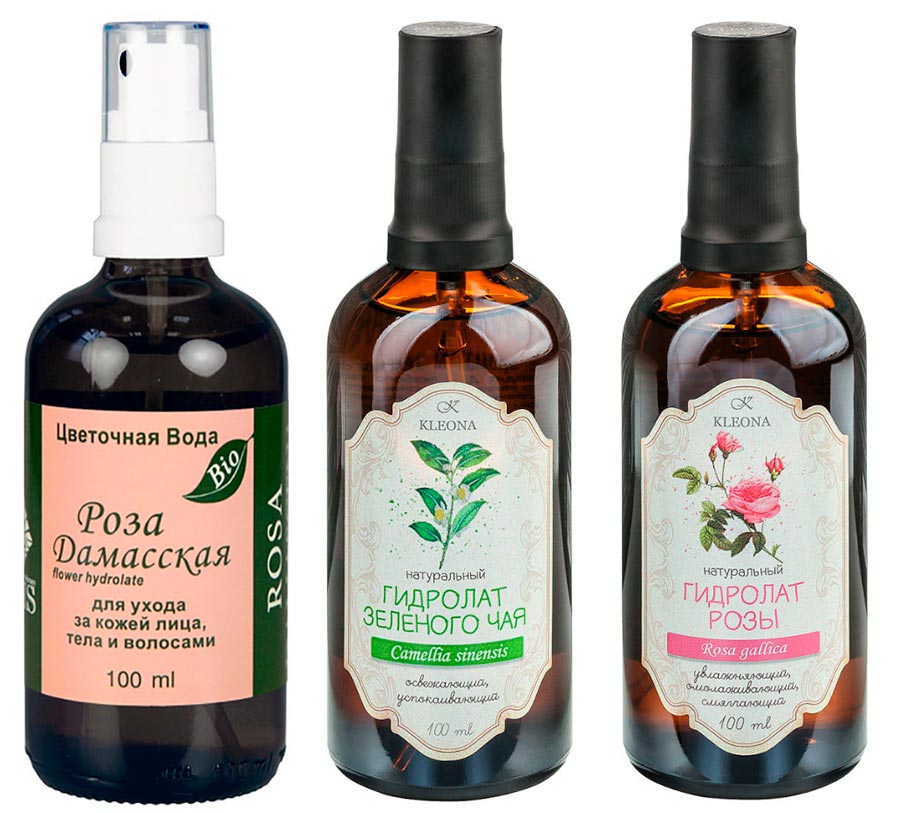
How to use hydrolat?
- Like tonic, hydrolate completes the skin cleansing process by applying to a cotton pad, then rubbing over the face. You can simply spray the product on your face during the summer heat or during the autumn-winter heating season if the skin suffers from dryness.
- For strengthening hair, as well as for the face.
- It can be added to various cosmetics, it is especially good to use hydrolat when creating your own home cosmetic preparations, for example, in masks, shampoos, conditioners.
- Can be used in daily skin and hair care, or sprayed when you just want to freshen up.
- It can be combined in a spray bottle with base oil in a 3: 1 ratio, then sprayed on the face, massage and remove with a damp cotton pad.
- During the day, you can spray on your face or hair more than once, this will refresh and moisturize your skin and hair. If you have makeup on your face, these steps should not be done.
- And one more piece of advice. Hydrolat should not be used immediately after cleansing the skin with soap products that have a pronounced alkaline pH, and hydrolates are more acidic. The skin may react with some redness or burning sensation.
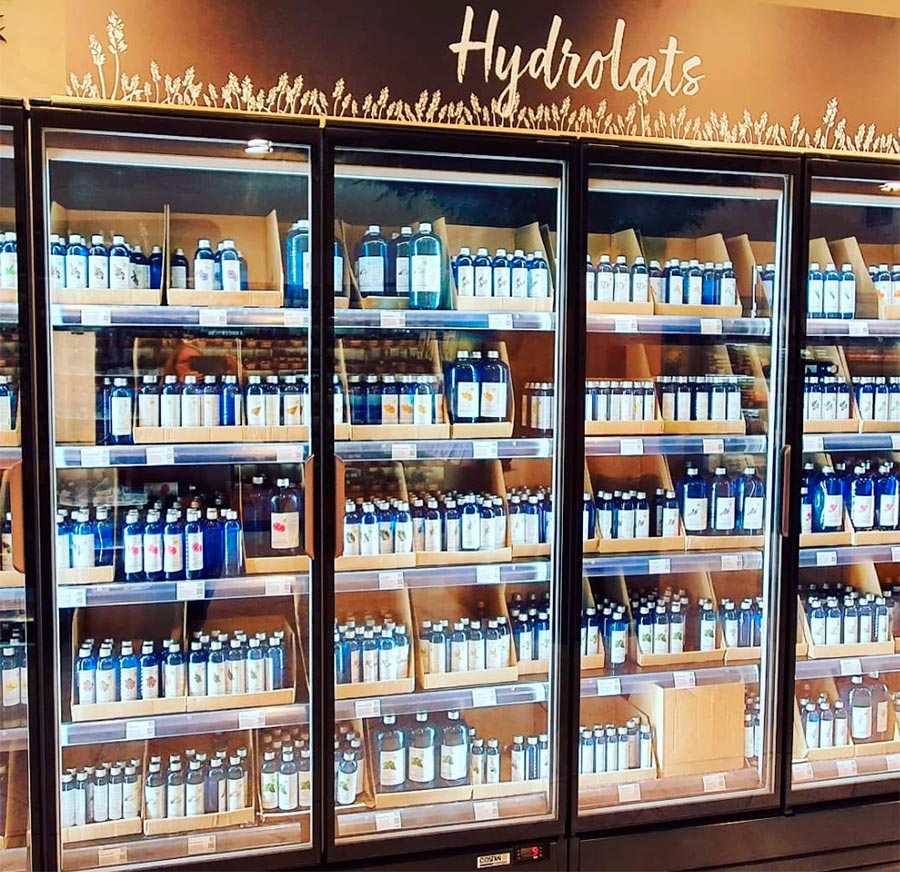
How to choose a hydrolat?
The first thing you should pay attention to is the inscription on the package of the product, which indicates that this is a "hydrolate" or "distillate" of a particular plant.
It is necessary to pay attention to the composition of the product. If water and essential oils are indicated there, these are not hydrolates, but water-based solutions. Fragrant water is obtained by mixing distilled water with essential oil (in this case, the oil is dissolved with the help of emulsifiers, and then added to distilled water). But these funds do not have the unique properties of hydrolates and are more aggressive. Therefore, you should pay attention to the fact that the agent, which is called hydrolat, is obtained by distillation.
They are sometimes called "hydrosols", "fruit or flower waters". Sometimes these names hide completely different products - alcohol tonic or flavoring solutions in distilled water. But if, nevertheless, the method of obtaining is distillation with steam, then this is a real hydrolat in front of you.
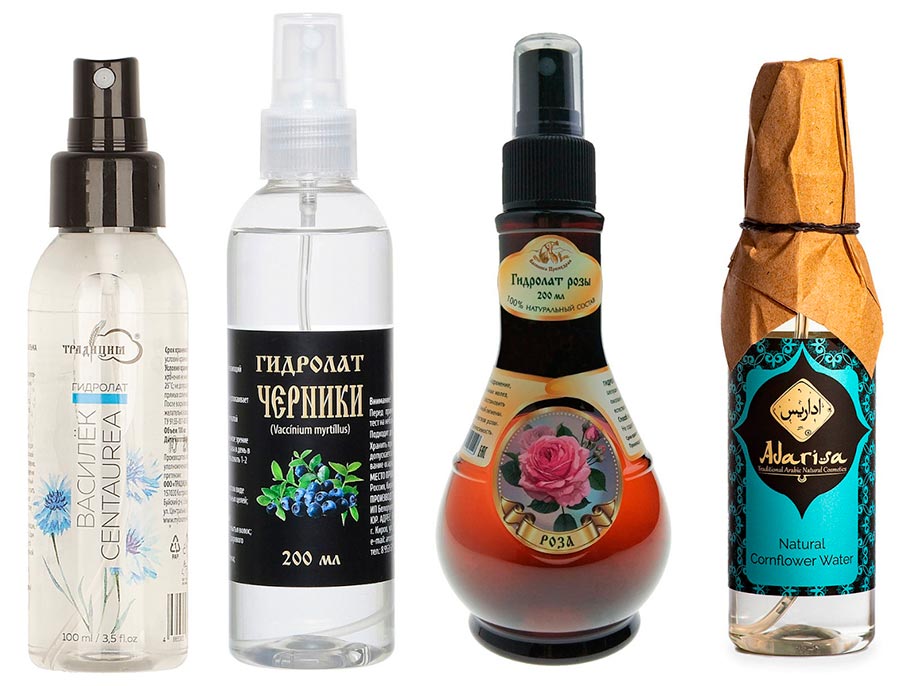
The acid-base balance of the hydrolat depends on the raw material and ranges from 3 to 8. By this parameter, you can set whether the product is suitable for your skin type.But usually manufacturers of cosmetic products always indicate what type of skin they are intended for.
Storage and shelf life
The shelf life of hydrolat can be no more than 12 months, since it belongs to natural products that are not stored for long.
Many products are sensitive to light and heat, so it is best to store them in a cool, dark place, away from light and heat sources. How much to buy them depends on the frequency of use; open bottles should be stored in the refrigerator for up to 6 months.
And so, hydrolates help in various skin problems, improve complexion, and reduce pores. They can also replace thermal water, micellar water and tonics.
Comments and Reviews
Add a comment
Rating news
Shades of clothing that make women look younger
What shades of hair make women younger: rules and photos
Funny wedding dresses - photos and ideas
12 most expensive down jackets for the winter
How to look 25 at 40: tips from supermodels
Beautiful schoolgirls
Anti-aging haircuts and hairstyles for women
Fashionable skirts for autumn and winter
Fashionable women's trousers for the cold season
Fashionable and stylish sandals for summer 2024
Spring-summer 2024
 Fashionable dresses and tops with thin spaghetti straps
Fashionable dresses and tops with thin spaghetti straps
 Bandana tops: how to wear stylishly and beautifully
Bandana tops: how to wear stylishly and beautifully
 How to put together the perfect men's wardrobe for the summer
How to put together the perfect men's wardrobe for the summer
 Fashionable shorts for spring-summer 2024
Fashionable shorts for spring-summer 2024
 Fashionable skirts for spring-summer 2024: a guide to online shopping
Fashionable skirts for spring-summer 2024: a guide to online shopping
 The most fashionable dresses spring-summer 2024: styles and colors
The most fashionable dresses spring-summer 2024: styles and colors
 Fashionable total look 2024: ideas of images and trends
Fashionable total look 2024: ideas of images and trends
